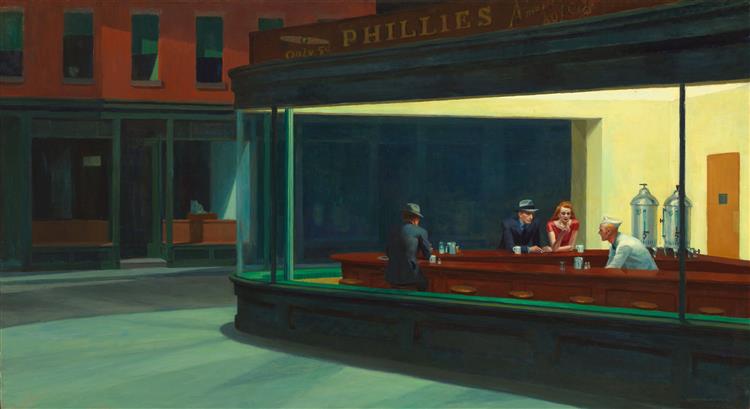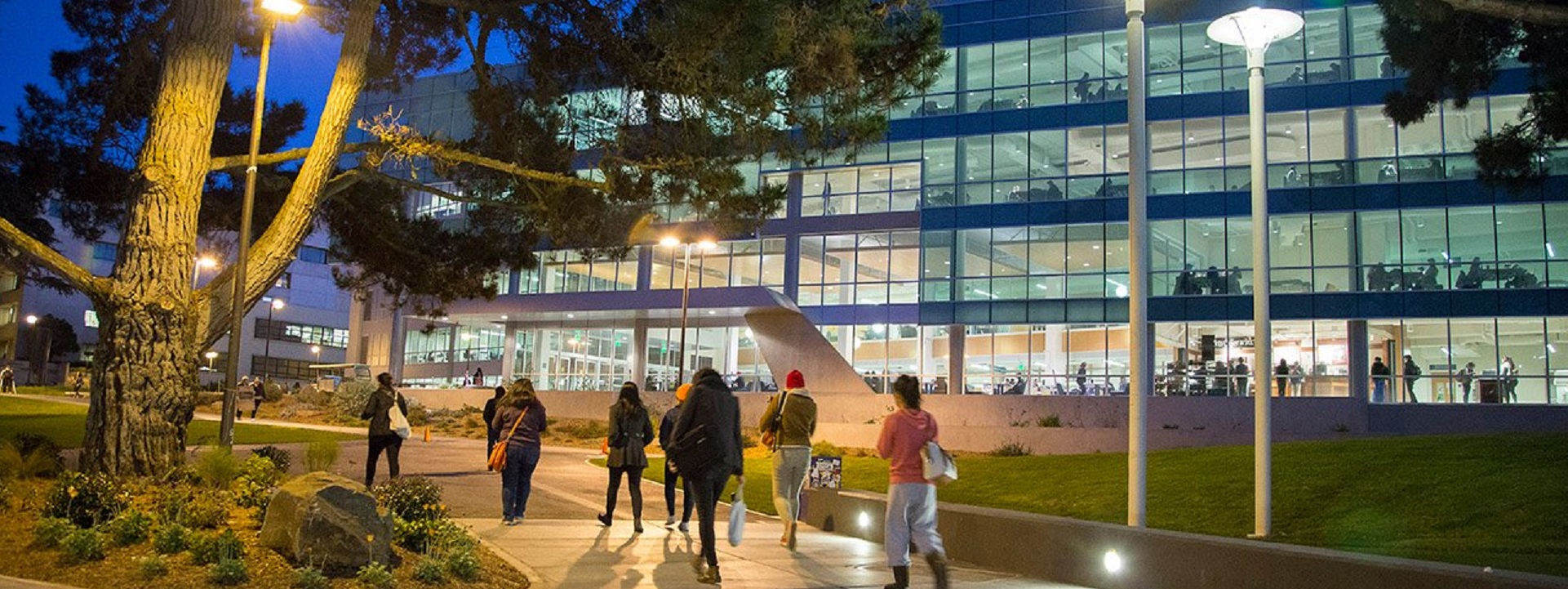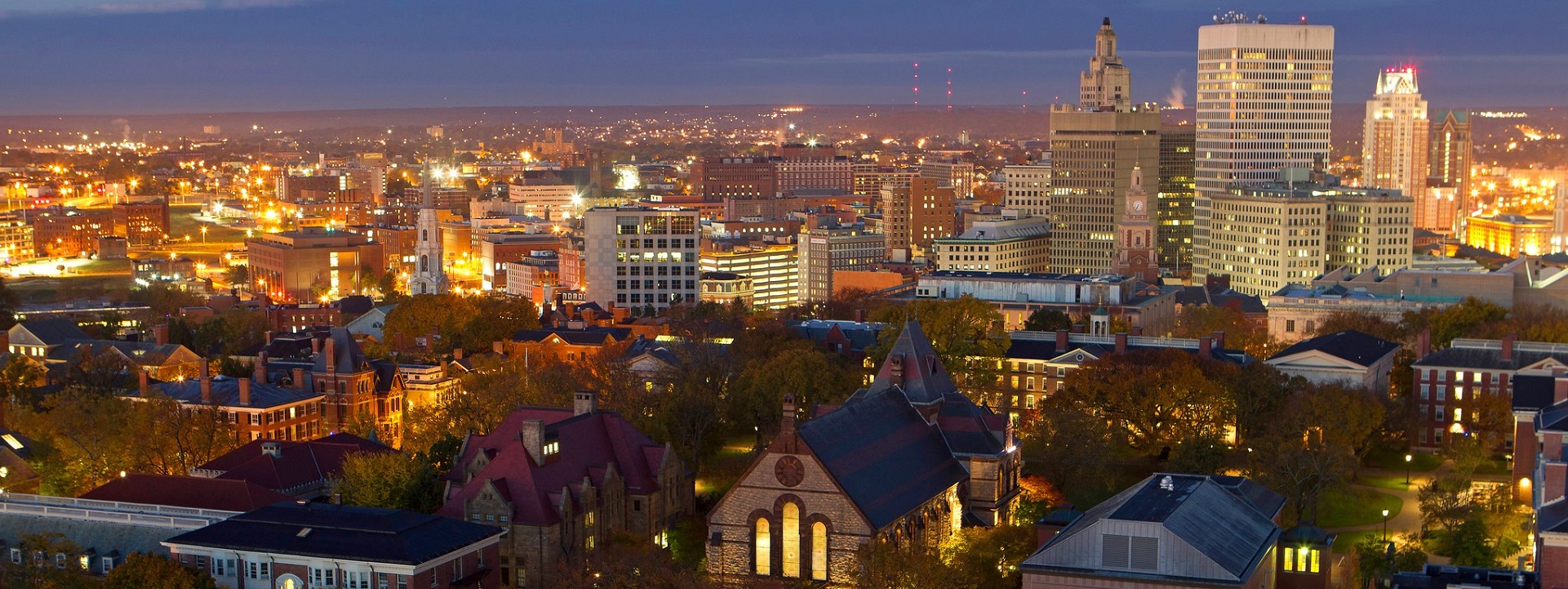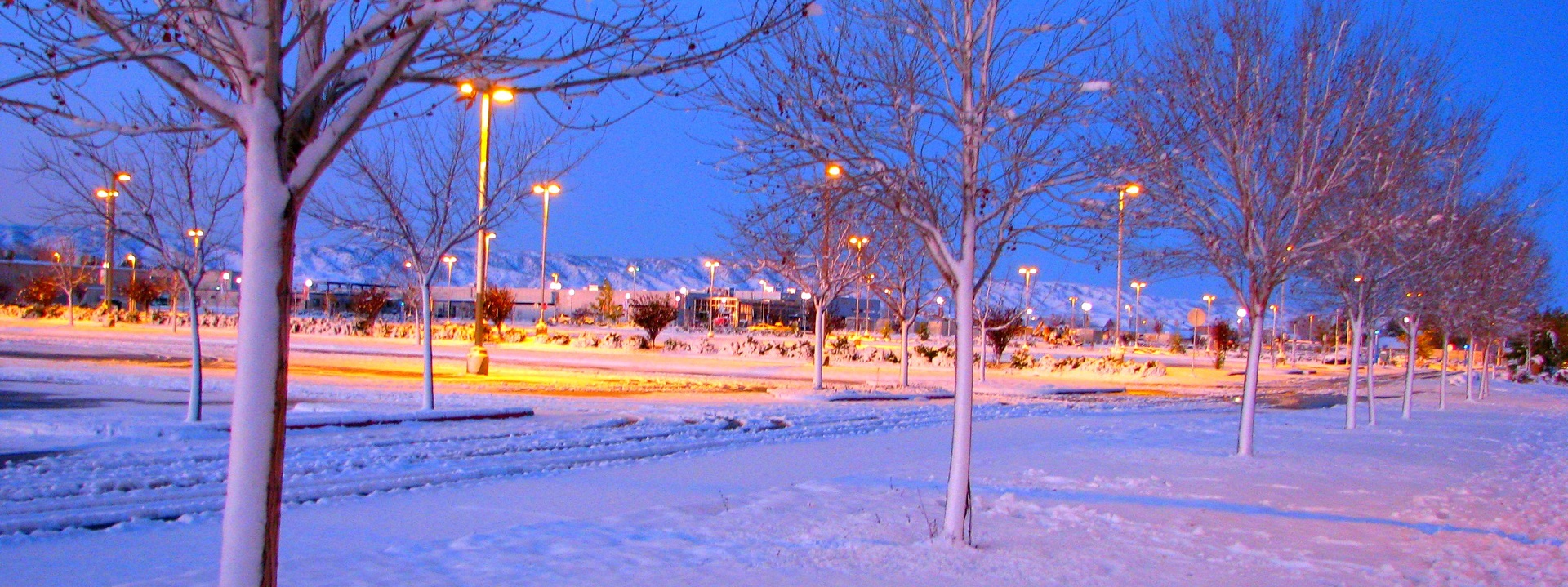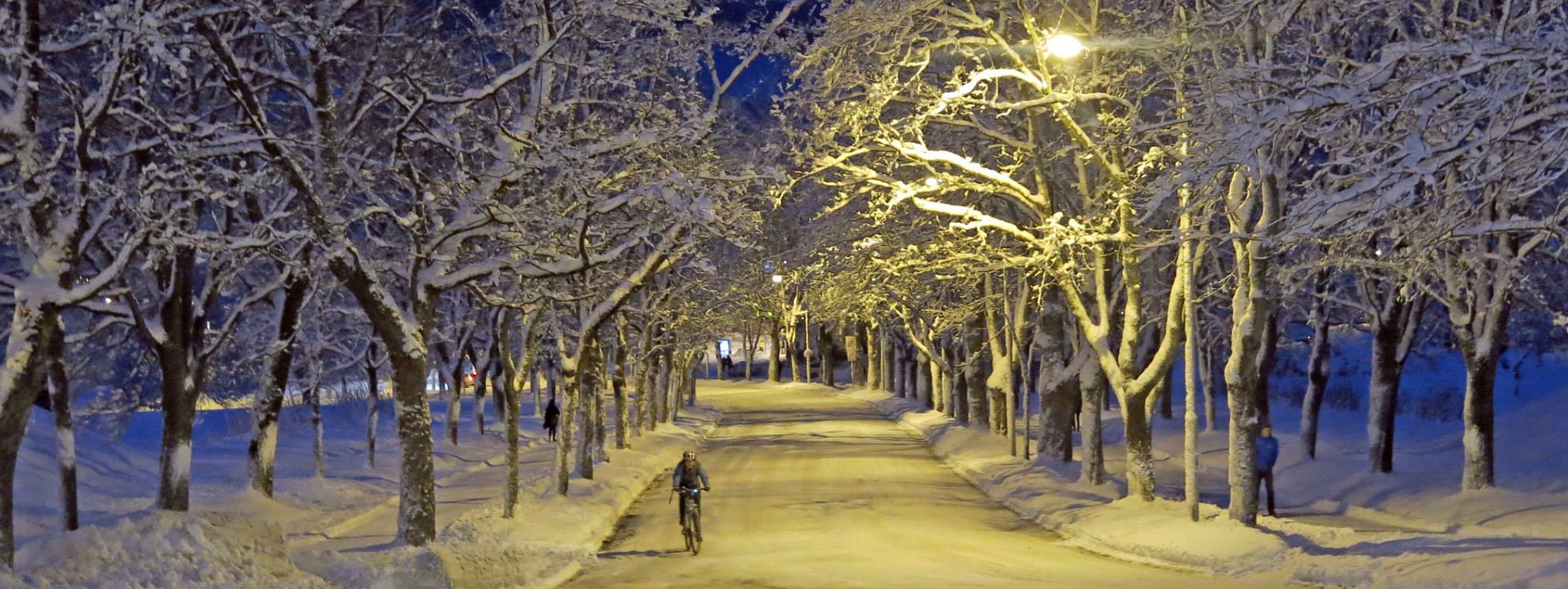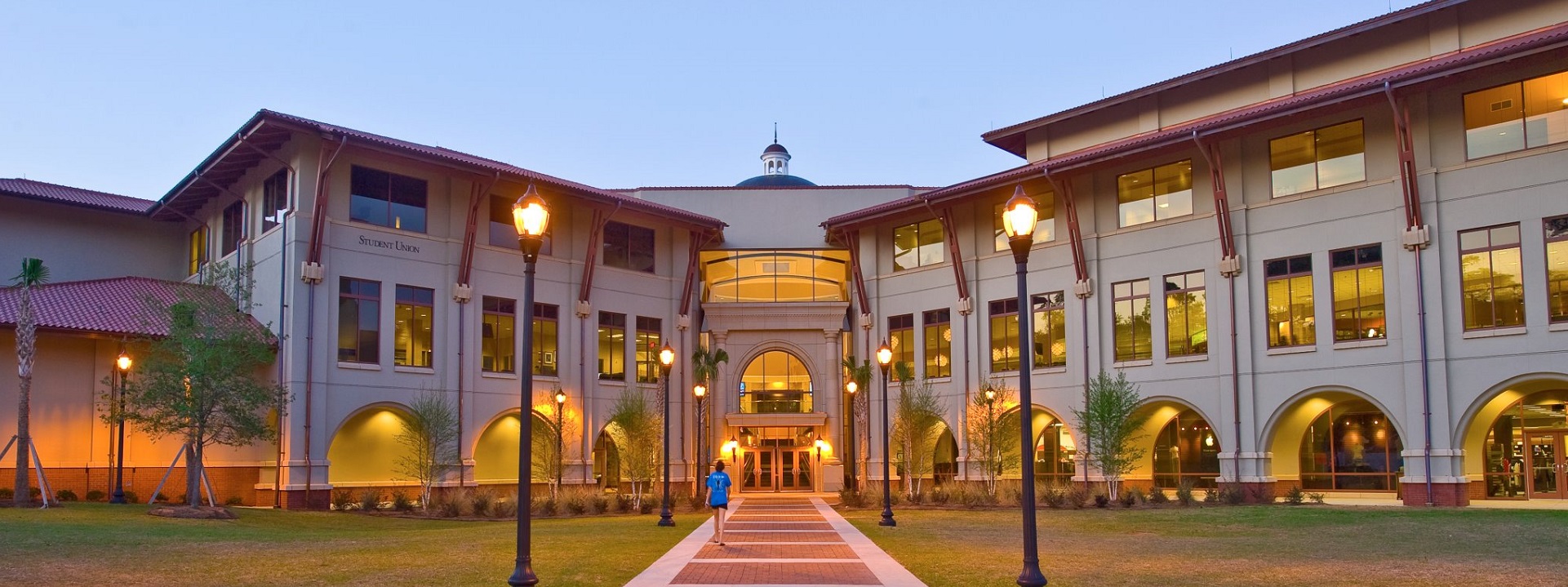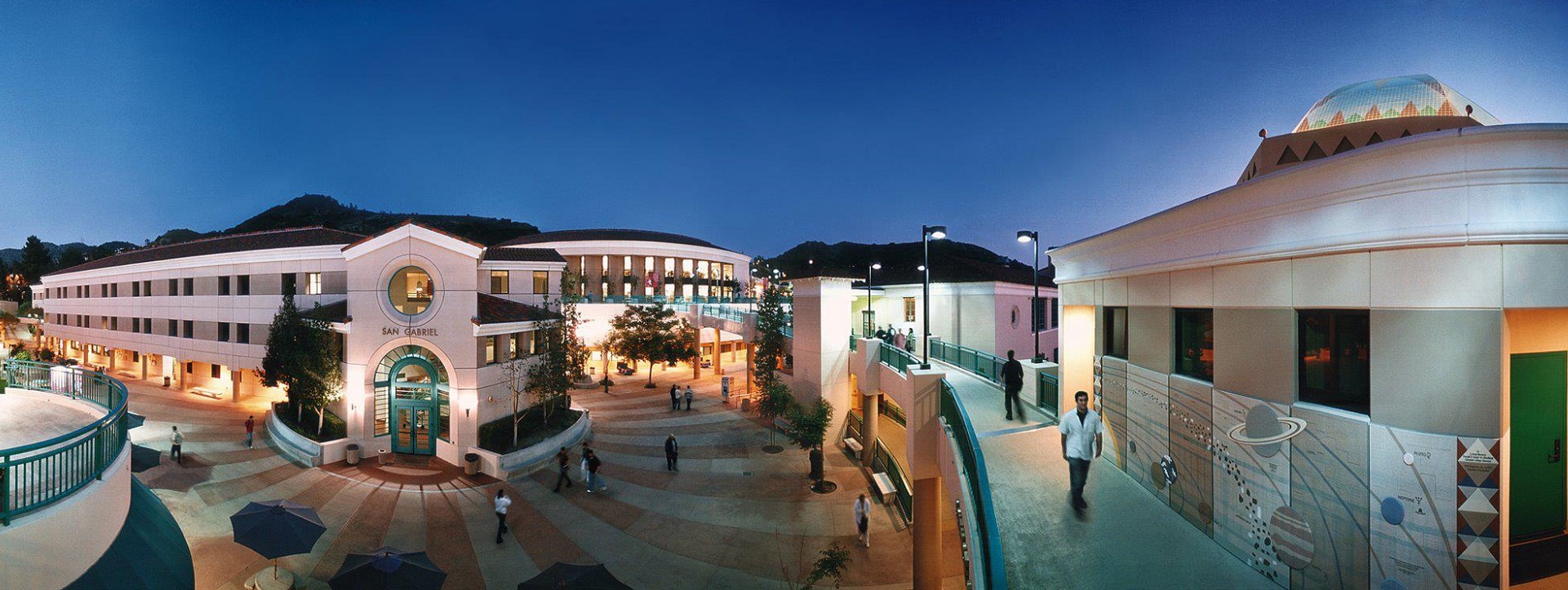The Illumination Engineering Society is one of the first names in standards-setting organizations with a catalog routinely referenced in design guidelines and construction projects. Because of the money flow into illumination technologies worldwide the IES occupies a domain that is relatively crowded:
- National Electrical Manufacturers and Medical Imaging Association; whose interest lies in leveling the playing field for about 300 electrical equipment manufacturers
- Institute for Electrical and Electronic Engineers; whose interest lies in the research activity in seeing sciences, the luminescence sources and the power chain
- American Society of Heating and Refrigeration Engineers; whose interest lies in energy conservation
- National Fire Protection Association; whose interest lies in fire safety of lighting systems within building premises.
- International Code Council; whose interest lies in pulling together all of the relevant standards for lighting egress paths of the built environment
- International Electrotechnical Commission; whose interest lies in the administration of global electrical and electronic technologies
- International Commission on Illumination; the international authority on light, illumination, colour, and colour spaces
There are others. With illumination power requirement on a downward trajectory where footcandles can be driven at information & communication technology voltage and current levels; we find relatively new entrants into the market with deep pockets and for good reason. In a typical building, the interior lighting load is the major electrical load (on the order of 40 percent) and a major contributor to the functionality of the building. There are a number of other trade associations that are participants in research and open source standards for faster moving parts of the illumination science. We will cover these in future, related posts.
Last year a new standardization project was launched by the IES. From the project prospectus:
IES LP-2-201x, Designing Quality Lighting for People in Outdoor Environments (new standard)
Project Need: This document is not intended to supersede existing IES application RPs, rather it will link the various documents together, augmenting them in subject areas not otherwise covered, including but not limited to sidewalks, bikepaths, pedestrian paths, parks, outdoor malls, pedestrian-only business districts, plazas, amphitheaters, large outdoor gathering areas, campuses, pedestrian bridges, and pedestrian underpasses.
Stakeholders: Lighting practitioners, electrical engineers, civic planners, civil engineers, architects, community-based planning groups, general public. Lighting recommendations for non-vehicular pedestrian applications using recommendations beyond illuminance only, which ultimately fails to provide a complete guideline for the visual experience of pedestrian-based tasks. The RP will be a comprehensive approach for light levels, glare, adaptation, spectrum, and contrast while addressing safety, timing, and perceived security. Application of these recommendations will ultimately enhance the pedestrian’s visual experience while also respecting the environment.
Soon to be released, a related product covering technical specifics of a familiar battleground — lighting controls:
IES LP-12 Lighting Practice: IoT Connected Lighting
The consultation closed May 24th and the agenda of the committee writing this standard is being administered. Very often technical committees are receptive to new ideas after a comment deadline if those ideas are submitted to a committee member directly. We invite anyone with an interest in this topic to click in to any of our daily colloquia to begin that process.
Not far into the future: individually controlled luminaires responsive to the use of campus pathways. There are already some pilot projects on higher education campuses.
A few other technical committees relevant to educational communities should be identified, though we will sort through the standards setting activity in separate posts:
Edu-Lib-Ofc Lighting Committee
Outdoor Environmental Lighting Committee
Outdoor Public Spaces Committee
Roadway Lighting Committee (Many large research universities own miles of roads)
We always encourage direct participation by space planners, workpoint experts and academic unit facility managers in IES standards development process. Contact: Patricia McGillicuddy, (917) 913-0027, pmcgillicuddy@ies.org. 120 Wall Street, Floor 17, New York, NY.
We coordinate most of our electrotechnology standards advocacy with the IEEE Education & Healthcare Facilities Committee which meets 4 times monthly in European and American time zones. Its meeting agendas and login credentials are available on its website. Since illumination technologies are present in all spaces in education communities, IES consensus products will appear on the standing agenda of most disciplines. See our CALENDAR.
Issue: [19-50]
Category: Electrical, Space Planning
Colleagues: Mike Anthony, Jim Harvey, Kane Howard, Glenn Keates, George Reiher
*We find that when the SSO has heavy manufacturer support, its standards development facility lies in the upper-quality tier.



